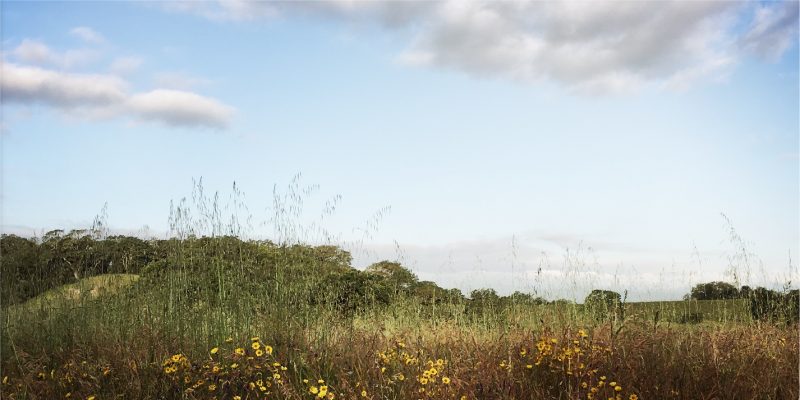17 |
July |
Five Things to Look for When Buying a Piece of Land
As a builder, I’m often asked by clients what they should look for when buying a piece of land. Here’s a quick list of some important things that should be taken into account, before plonking down hundreds of thousands of dollars:
Zoning: Will local planning allow you to build, if so what requirements do they have. Is there a design review process. Is the land on a scenic corridor or subject to some other development requirements, such as homeowners associations etc.
Topography and soils: Some land will be a lot more challenging and therefore more costly to build on than others. Topography is important here- steep lots can often be very challenging to “get out of the ground” as they often need more expensive foundations. Soil condition is also critical, and if you’re considering a lot with any grade to it or questionable soil, I would highly recommend engaging a soils engineer, for at least a cursory look.
Access: Is the lot off the beaten path? Your Fire Department might require you to upgrade the driveway or access road, pave certain areas of it, provide turn-outs etc. You might even need to do that, just to get construction materials on site.
Utilities: We were recently asked to do a feasibility study on a large piece of land near the coast in Northern California. The closest power pole was over a mile away from the proposed building envelope and the property was on a scenic corridor which prevented overhead power lines. Additionally, the only part of the land that could provide a functional well was in the same location. Yet the area where the power and water were available was not zoned for residential. The project has not progressed beyond this study yet, but our solution in this case is to use an independent power solution, such as off-grid solar and power the well from the nearby local utility power. Needless to say, there’s a large sum of additional costs when utilities are not readily available.
Environmental: I don’t mean green building, although that is important. I’m talking about waste, i.e as in human. If you aren’t near a sewer then you’ll need to install a septic system and some land just will not work. Here’s the things to consider. You’ll need an environmental engineer to do some testing and make sure the land percolates (perk test) but also, they’ll be looking at where the nearest water bodies are i.e. lakes, ponds, rivers, streams and brooks, etc. Most authorities require septic system to be at least 100 feet from high water lines and from wells, including neighboring wells. So if your looking at a narrow piece of land with a stream on the South and neighbors well just over the North fence line, you might not be able to put in a septic system. Not all is lost though, sometimes you can get an easement to a nearby piece of land to put your system on , but you can imagine the red tape and costs associated with that. ~ Andy Bannister
